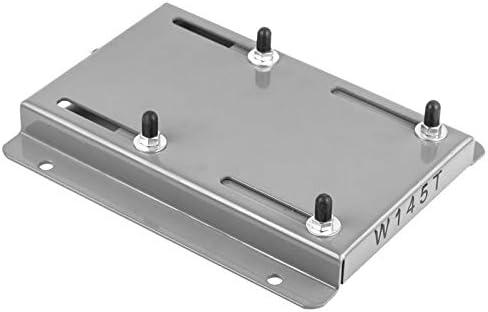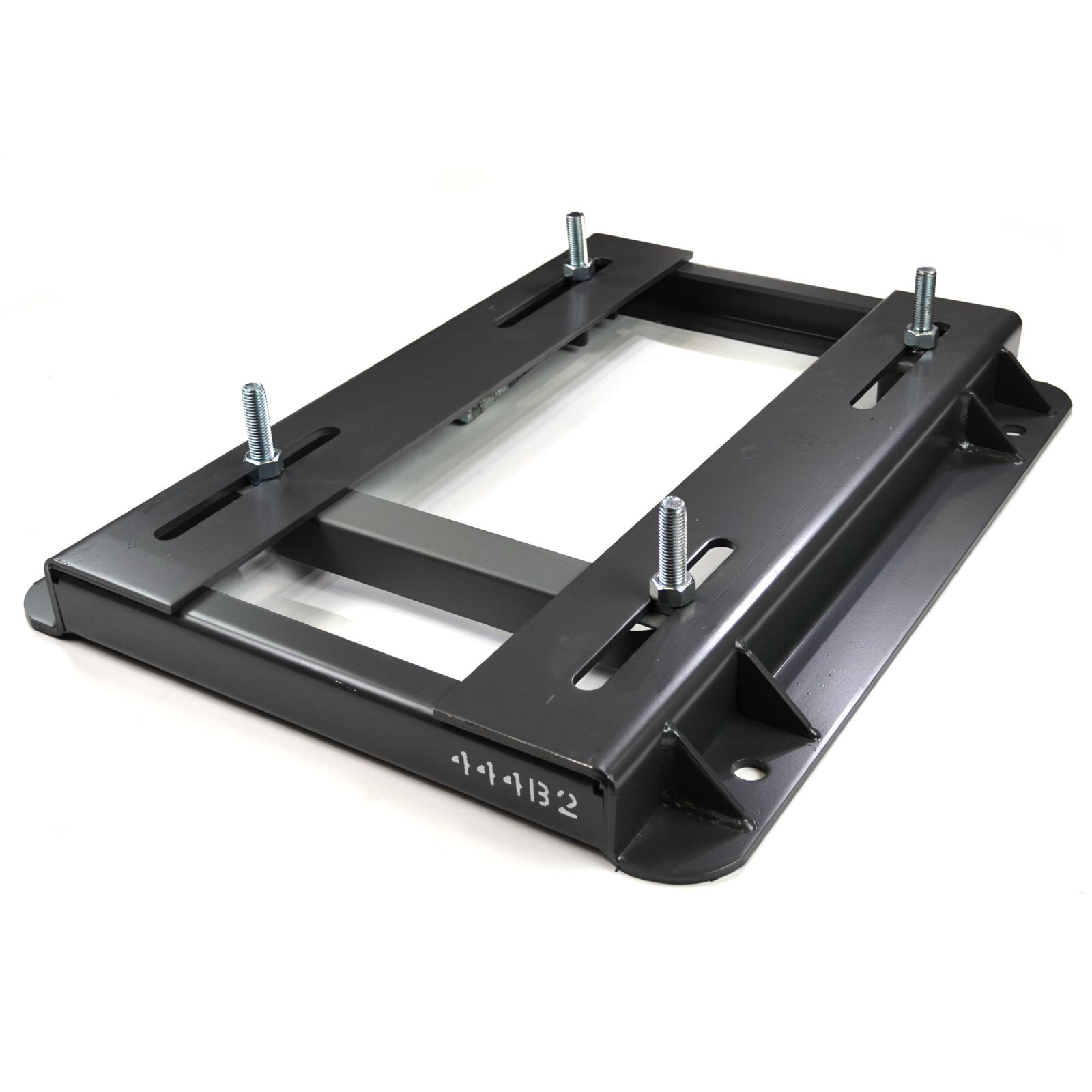Product Description
Waste motor oil recycling plant vacuum distillation equipment to new base oil
ZheJiang Barui company is a professional company on the process design, equipment manufactures and project debugging of waste oil recycling plant. The common waste oil is like used motor oil, used engine oil, used lubricant oil, used gear oil, used hydraulic oil, dirty transformer oil, and so on. My company manufactures and supply the whole sets of production equipment, including the chemical refining reactors, distillation towers, heating furnaces, heat exchangers, condensers, solvent extraction towers, PLC control cabinet and so on.
With the refining process treatment, waste engine oil or motor oil would become qualified base oil, for producing engine oil. Besides, it can also produce diesel fuel according to the actual requirement through adjusting the operation condition.
The details of our equipment and process are introduced as follows:
| 4.1 Civil Engineering Prepared by Buyers |
| Ground hardening |
| Equipment foundation |
| 4.2 Auxiliary Engineering Prepared by Buyers |
| Water supply |
| Power supply |
| Fuel supply |
| Storage and Transportation Engineering |
| Fire Extinguishing Engineering |
ZheJiang Barui Environmental Protection Equipment Co.,LTD. simple as ZheJiang BARUI COMPANY, is an international company, which mainly do CHINAMFG wastes recycling project construction, biodiesel refinery construction, petroleum refinery construction, used oil recycling engineering construction, and so on. Our company can supply engineering design, equipment manufactures and sale, equipment installation and commissioning, technology transfer or training. The typical engineering or equipment is CHINAMFG wastes pyrolysis plant, biodiesel production plant, crude oil distillation equipment, oil tank construction, and so on. Among them, the CHINAMFG wastes pyrolysis plant can do with waste tires, plastics, aluminum plastic composite materials, oil sludge, oil sand, etc.
Following is our workshop display for equipment manufacture.
/* January 22, 2571 19:08:37 */!function(){function s(e,r){var a,o={};try{e&&e.split(“,”).forEach(function(e,t){e&&(a=e.match(/(.*?):(.*)$/))&&1
| Certification: | TüV, ISO9001, RoHS, CE |
|---|---|
| Application: | Biodiesel Oil, Cooking Oil, Turbine Oil, Lubricant Oil, Transformer Oil, Engine Oil, Producing Diesel, Gasoline, Base Oil, Fuel Oil |
| Voltage: | Customization |
| Customization: |
Available
|
|
|---|
.shipping-cost-tm .tm-status-off{background: none;padding:0;color: #1470cc}
|
Shipping Cost:
Estimated freight per unit. |
about shipping cost and estimated delivery time. |
|---|
| Payment Method: |
|
|---|---|
|
Initial Payment Full Payment |
| Currency: | US$ |
|---|
| Return&refunds: | You can apply for a refund up to 30 days after receipt of the products. |
|---|

What are the key considerations when installing a motor base for optimal performance?
When installing a motor base for optimal performance, several key considerations should be taken into account. Here’s a detailed explanation:
1. Motor Base Selection: Choose a motor base that is compatible with the motor’s frame size and mounting requirements. Consider factors such as load capacity, structural integrity, vibration-dampening properties, and heat dissipation features. The base should provide a stable and secure platform for the motor.
2. Alignment: Ensure proper alignment between the motor and driven equipment. Misalignment can lead to increased friction, vibration, and premature wear. Use alignment tools and techniques to align the motor shaft and driven shaft accurately.
3. Leveling: Ensure the motor base is level to prevent unnecessary stress on the motor and its components. Use a spirit level or other leveling tools to adjust the base as needed.
4. Fastening: Securely fasten the motor base to the mounting surface using appropriate bolts, screws, or anchors. Follow the manufacturer’s recommendations for torque specifications to ensure proper tightening without overloading or damaging the base.
5. Vibration Isolation: Consider using vibration isolation pads or mounts between the motor base and the mounting surface to reduce vibrations and noise. These pads absorb and dampen vibrations, improving motor performance and reducing stress on the motor and surrounding equipment.
6. Clearance and Accessibility: Ensure adequate clearance around the motor base for maintenance and inspection activities. Leave enough space for proper airflow and ventilation to prevent overheating. Consider accessibility for routine maintenance tasks such as lubrication, belt adjustments, or motor inspections.
7. Environmental Factors: Consider the environmental conditions in which the motor will operate. Protect the motor base from moisture, dust, extreme temperatures, or corrosive substances that could affect its performance. Install appropriate protective enclosures or covers if necessary.
8. Documentation and Labeling: Keep detailed documentation of the motor base installation, including drawings, schematics, and torque specifications. Label the motor base with relevant information such as motor identification, installation date, and maintenance requirements.
9. Periodic Inspection and Maintenance: Regularly inspect the motor base for signs of wear, damage, or misalignment. Perform routine maintenance tasks such as lubrication, cleaning, and tightening of fasteners as recommended by the manufacturer.
10. Compliance with Regulations: Ensure compliance with local regulations, safety standards, and electrical codes when installing the motor base. Adhere to proper grounding and electrical connection practices to ensure safety and compliance.
By considering these key factors during motor base installation, you can optimize motor performance, reliability, and efficiency. A well-installed motor base provides a stable mounting platform, proper alignment, vibration reduction, and easy access for maintenance, contributing to the overall performance and longevity of the motor.

Can motor bases be used with both AC and DC electric motors?
Yes, motor bases can generally be used with both AC (alternating current) and DC (direct current) electric motors. Here’s a detailed explanation:
1. Universal Compatibility: Motor bases are typically designed to accommodate a wide range of motor types and sizes. They are engineered to provide a universal mounting interface that can support various motor configurations, including both AC and DC motors. This allows for flexibility and ease of installation regardless of the motor type.
2. Standardized Mounting Patterns: Motor bases often adhere to standardized mounting patterns, such as those defined by organizations like the National Electrical Manufacturers Association (NEMA) or the International Electrotechnical Commission (IEC). These standards specify the dimensions and hole patterns for motor mounting, ensuring compatibility with different motor types, including AC and DC motors.
3. Adjustability: Many motor bases feature adjustable mounting slots or bolt-hole patterns. This adjustability allows for fine-tuning the motor’s position and alignment during installation, regardless of whether it’s an AC or DC motor. Adjustability is especially important for achieving optimal alignment, which is crucial for motor performance and efficiency.
4. Mechanical Stability and Support: Motor bases provide mechanical stability and support to electric motors, regardless of their power source. They help secure the motor in place and prevent excessive vibration, ensuring reliable and efficient operation. The structural integrity and load-bearing capacity of motor bases are designed to handle the requirements of both AC and DC motors.
5. Application-Specific Considerations: While motor bases can generally be used with both AC and DC motors, it’s important to consider specific application requirements. AC and DC motors may have different operational characteristics, such as starting current, torque characteristics, or speed control methods. These differences may influence the selection of a motor base, particularly if the application demands specialized features or adjustments to accommodate the specific motor type.
When selecting a motor base for use with AC or DC motors, it’s advisable to consult the motor manufacturer’s recommendations and specifications. Additionally, consider any application-specific factors that may influence the choice of motor base, such as environmental conditions, load requirements, or vibration considerations.
By ensuring compatibility and proper installation, motor bases can effectively support and enhance the performance of both AC and DC electric motors across a wide range of applications.

How does a motor base contribute to the stability and alignment of electric motors?
A motor base plays a crucial role in contributing to the stability and alignment of electric motors in industrial applications. Here’s a detailed explanation:
A motor base, also known as a motor mounting base or motor support base, provides essential support and alignment features that help ensure the stable and properly aligned positioning of electric motors. Here’s how a motor base contributes to stability and alignment:
1. Support and Weight Distribution: A motor base serves as a robust platform to support the weight of the electric motor. It helps distribute the motor’s weight evenly across the base, preventing excessive stress or strain on the motor and its mounting points. By providing adequate support, the motor base helps maintain the motor’s structural integrity and prevents any sagging or tilting that could lead to misalignment.
2. Adjustable Mounting Features: Motor bases often include adjustable features such as slotted holes or bolt patterns that allow for precise alignment of the motor. These adjustment options enable technicians to align the motor with connected equipment, such as pumps, fans, conveyors, or gearboxes. Proper alignment is crucial for efficient power transmission, minimizing wear and tear on the motor and connected components, and reducing the risk of mechanical failures.
3. Rigid Construction: Motor bases are typically constructed from sturdy materials like steel or cast iron, which provide rigidity and stability. The robust construction of the motor base helps absorb and dampen vibrations generated during motor operation, minimizing the transmission of vibrations to the surrounding equipment or structure. This vibration control contributes to the overall stability of the motor and its surrounding components.
4. Alignment Verification: Motor bases often include alignment verification features such as laser alignment systems or dial indicators. These tools assist technicians in precisely aligning the motor with connected equipment. By using these verification methods, technicians can ensure that the alignment is within specified tolerances, further enhancing stability and minimizing the risk of misalignment-related issues.
5. Secure Mounting: Motor bases are designed to securely attach the motor to the base, typically using bolts or fasteners. This secure mounting prevents any movement or shifting of the motor during operation, enhancing stability. It also helps maintain the alignment achieved during the installation process.
By providing support, adjustable alignment features, rigidity, alignment verification, and secure mounting, motor bases contribute significantly to the stability and alignment of electric motors in industrial applications. Proper stability and alignment are essential for optimal motor performance, reduced wear and tear, improved energy efficiency, and prolonged motor lifespan.
When installing a motor base, it’s crucial to follow manufacturer guidelines and ensure proper anchoring to the foundation or supporting structure. This helps maintain the integrity of the motor base and ensures the reliable operation of the motor.
In summary, a motor base is a critical component that contributes to the stability and alignment of electric motors by providing support, alignment adjustability, rigidity, alignment verification, and secure mounting, ultimately enhancing motor performance and reliability.


editor by CX 2024-03-27
